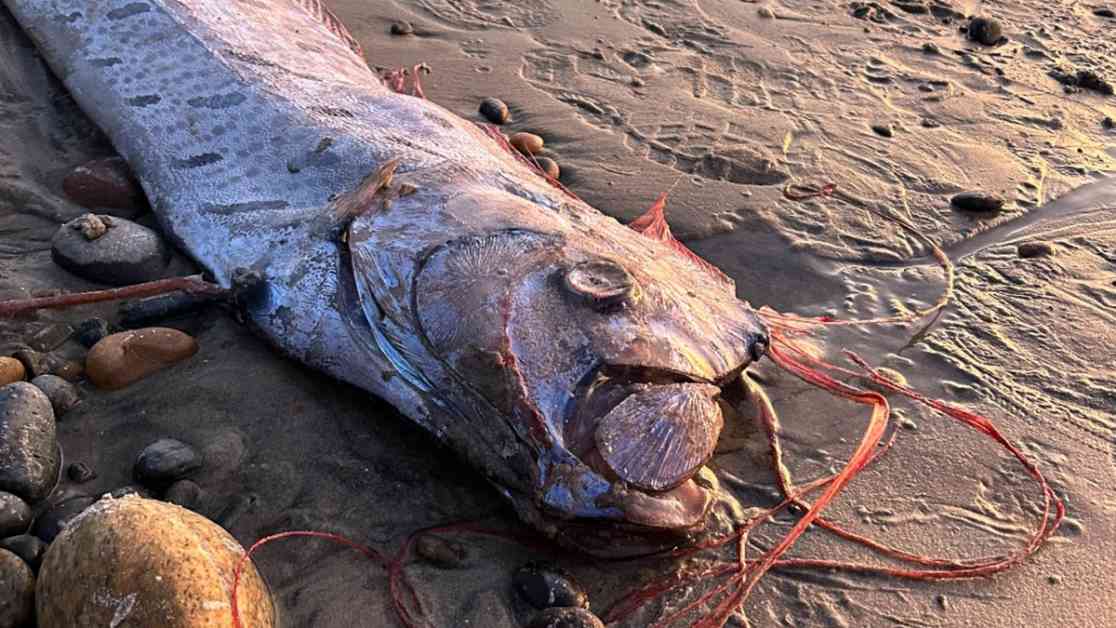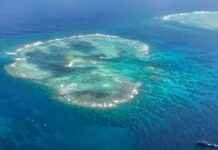It looks like a sea serpent, up to eight meters long, and is usually only found in the deep sea, far from human habitats. But now, for the second time in a few months, an oarfish has washed up in California. This is a noticeable accumulation: Since 1901, the Scripps Institution of Oceanography in San Diego has only counted 20 such findings on the US West Coast.
Probably sightings of the oarfish in the Middle Ages fueled tales of sea serpents. In addition, the rare bony fish was considered a harbinger of doom, as the “fish of the Last Judgment” or “apocalypse fish.” Especially in Japan, it is said that encountering an oarfish is a warning sign of impending natural disasters such as earthquakes or tsunamis. A doctoral student at the Scripps Institution at the University of California spotted the animal on the beach of Encinitas, about 40 minutes north of San Diego. The fish was just under three meters long, slightly smaller than the one snorkelers had seen four months ago off San Diego, also dead. Both animals were recovered by the Scripps Institution and will be examined there.
What caused the deaths of the two sea serpents? Oarfish usually live in the mesopelagic zone, between 200 and 1000 meters deep. Here it is not completely dark, but already very dim and gloomy. They only come closer to the surface when they are injured or dead, but even that happens rarely. Why another dead oarfish appeared now is causing speculation. The cause of death of the sea serpents is also still unclear.
“It could be related to changing ocean conditions, maybe that’s why there are more oarfish overall,” the Scripps Institution quotes scientist Ben Frable in a Facebook post. “It could also be related to more general changes like the El Niño and La Niña cycles.” There was a weak El Niño earlier this year.
Frable mentions further clues: “This stranding coincided with the recent red tide and Santa Ana winds last week.” In the US, an extreme algal bloom that turns the sea red is called “red tide.” In general, says the scientist, there are many variables that could lead to such strandings.
The legend that oarfish bring bad luck is actually debunked by the Scripps Institution. Despite the mythical reputation, “experts have debunked this as folklore.” A study from 2019 found “no connection between stranded oarfish and earthquakes in Japan.” Just in September, an oarfish washed up in Australia.
The appearance of these deep-sea creatures on shore has sparked curiosity and concern among researchers and the public alike. While the mysteries surrounding their deaths and the potential implications of their presence continue to intrigue, scientists are working diligently to unravel the secrets of the deep sea and its inhabitants. As more oarfish sightings and strandings occur, further research and monitoring will be crucial in understanding the health of our oceans and the creatures that call it home.

















